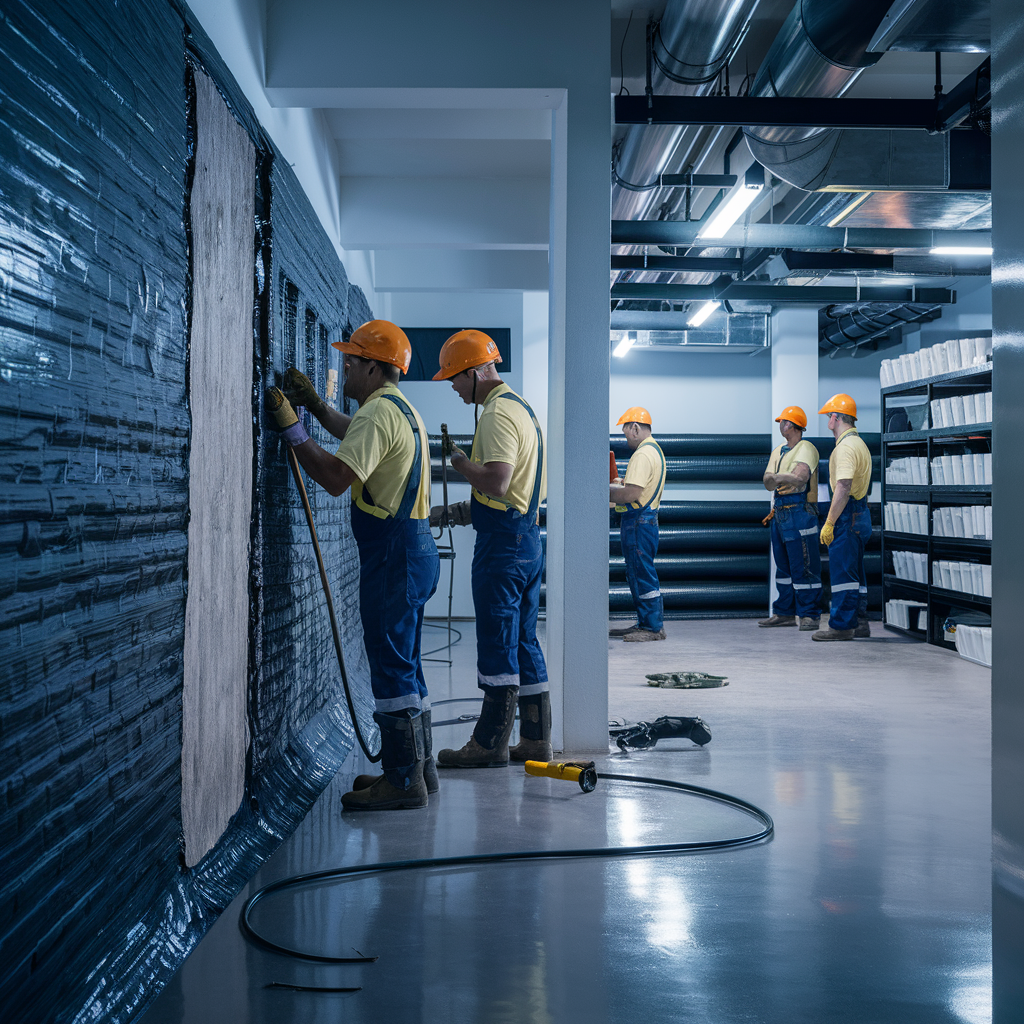Basement waterproofing is a critical task for homeowners who want to protect their homes from water damage. However, many people make mistakes during this process, which can lead to costly repairs and long-term issues.
If you are looking for basement waterproofing companies, make sure to compare them and choose a reliable one.
In this article, we will discuss the common mistakes to avoid in basement waterproofing projects, providing you with a comprehensive guide to ensure your project is successful and your basement remains dry.
Table of Contents
1. Skipping the Initial Inspection
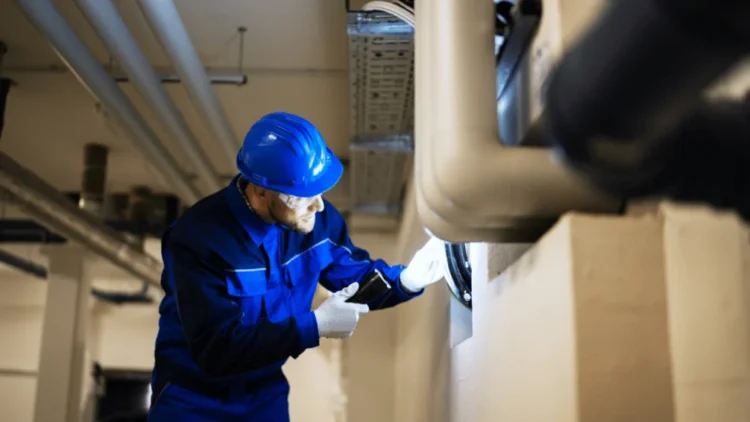
One of the most common mistakes homeowners make is skipping the initial inspection. Before starting any waterproofing project, it’s essential to thoroughly inspect the basement and identify all potential sources of water infiltration. Look for cracks in the walls and floors, signs of mold or mildew, and any areas where water might be entering the basement. A professional inspection can provide a detailed assessment and help you create an effective waterproofing plan.
2. Ignoring Proper Grading and Drainage
Proper grading and drainage around your home’s foundation are crucial for preventing water from entering your basement. Many homeowners overlook this aspect, leading to water pooling around the foundation and eventually seeping into the basement. Ensure that the ground slopes away from your home and install proper drainage systems, such as gutters and downspouts, to direct water away from the foundation.
3. Using Inadequate Waterproofing Materials
Choosing the right waterproofing materials is vital for the success of your project. Many homeowners opt for cheaper, inadequate materials, thinking they can save money. However, these materials often fail to provide long-term protection. Invest in high-quality waterproofing products, such as sealants, membranes, and drainage systems, to ensure your basement stays dry for years to come.
4. Overlooking Interior Waterproofing Solutions
Focusing solely on exterior waterproofing solutions is another common mistake. While exterior measures are essential, interior waterproofing solutions can provide an additional layer of protection. Consider installing interior drainage systems, such as sump pumps and French drains, to collect and redirect water away from your basement.
5. Not Sealing Cracks and Gaps Properly
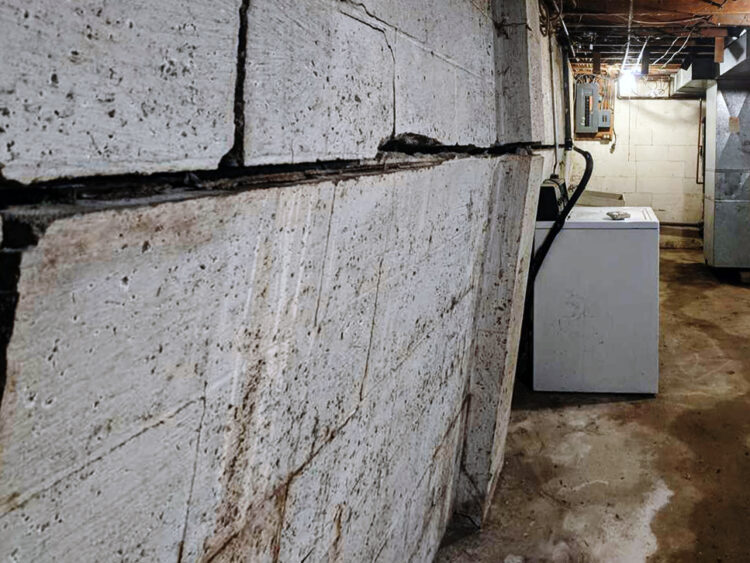
Cracks and gaps in your basement walls and floors can allow water to seep in, leading to moisture problems. Many homeowners fail to seal these openings properly, resulting in continued water infiltration. Use high-quality sealants and epoxy injections to fill and seal all cracks and gaps effectively.
6. Ignoring Ventilation and Humidity Control
Proper ventilation and humidity control are crucial for maintaining a dry basement. High humidity levels can lead to mold growth and other moisture-related issues. Install dehumidifiers and ensure proper ventilation to keep the air dry and prevent moisture buildup in your basement.
7. Failing to Address Plumbing Leaks
Leaking pipes and plumbing fixtures can contribute to basement water problems. Many homeowners focus solely on waterproofing without addressing these issues. Regularly inspect your plumbing system and fix any leaks promptly to prevent water from entering your basement.
8. Not Consulting a Professional
While DIY waterproofing projects can save money, they often lack the expertise and knowledge required for long-term success. Consulting a professional can provide valuable insights and ensure that your waterproofing project is done correctly. Professionals have the experience and tools needed to address complex issues and provide effective solutions.
9. Neglecting Regular Maintenance
Even after completing your basement waterproofing project, regular maintenance is essential to ensure its effectiveness. Many homeowners neglect this aspect, leading to deteriorated materials and compromised waterproofing. Schedule regular inspections and maintenance to keep your basement dry and in good condition.
10. Focusing on Quick Fixes
Quick fixes may seem appealing, but they often fail to provide long-term solutions. Applying temporary measures like waterproof paint or sealant can give a false sense of security. Instead, invest in comprehensive waterproofing solutions that address the root causes of water infiltration.
11. Overlooking Window Wells
Basement windows are common entry points for water, especially if they are not properly sealed or have inadequate window wells. Ensure that your window wells are installed correctly and have proper drainage systems to prevent water from accumulating and entering your basement.
12. Not Considering Soil Conditions
The type of soil around your home can significantly impact basement waterproofing. Certain soils, like clay, retain water and can exert pressure on your foundation, leading to water infiltration. Understanding your soil type and taking appropriate measures, such as installing proper drainage systems, can help prevent water problems.
13. Inadequate Waterproofing During Construction
If you are building a new home, proper waterproofing during construction is crucial. Many builders overlook this step, leading to future water issues. Ensure that your contractor uses high-quality waterproofing materials and follows best practices during the construction process to prevent water problems in the future.
14. Not Addressing Foundation Issues
Foundation issues, such as settling or shifting, can create cracks and openings that allow water to enter your basement. Many homeowners focus solely on waterproofing without addressing these underlying issues. Have a professional inspect your foundation and repair any problems to ensure long-term waterproofing success.
15. Relying on Basement Waterproofing Myths
There are many myths and misconceptions about basement waterproofing that can lead homeowners astray. For example, some believe that waterproofing paint is sufficient to keep water out, while others think that only exterior solutions are necessary. Educate yourself on the facts and consult professionals to avoid falling for these myths.
16. Poor Installation of Waterproofing Systems
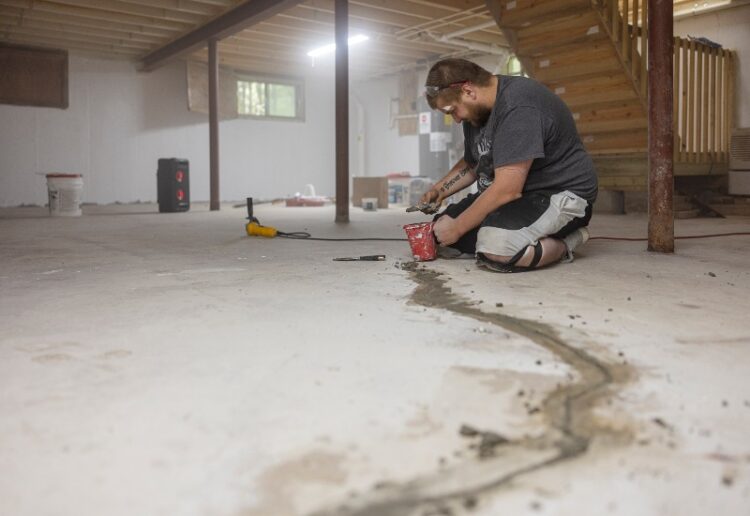
Even the best waterproofing materials and systems can fail if they are not installed correctly. Improper installation is a common mistake that can lead to water infiltration and other issues. Hire experienced professionals to install your waterproofing systems to ensure they function as intended.
17. Underestimating the Importance of Landscaping
Landscaping can play a significant role in basement waterproofing. Trees, shrubs, and other vegetation can help absorb excess water and prevent it from accumulating around your foundation. However, it’s essential to plant them strategically and ensure they don’t interfere with your drainage systems.
18. Not Accounting for Seasonal Changes
Seasonal changes can affect the effectiveness of your waterproofing measures. For example, heavy rainfall in the spring or melting snow in the winter can lead to increased water infiltration. Prepare for these changes by ensuring your waterproofing systems are in good condition and can handle seasonal variations.
19. Overlooking the Importance of Proper Insulation
Proper insulation can help prevent condensation and moisture buildup in your basement. Many homeowners neglect this aspect, leading to damp and moldy conditions. Install high-quality insulation to keep your basement dry and comfortable.
20. Failing to Obtain Necessary Permits
Some basement waterproofing projects may require permits from local authorities. Failing to obtain these permits can lead to fines and complications down the road. Check with your local building department to ensure you have all the necessary permits before starting your project.
Conclusion
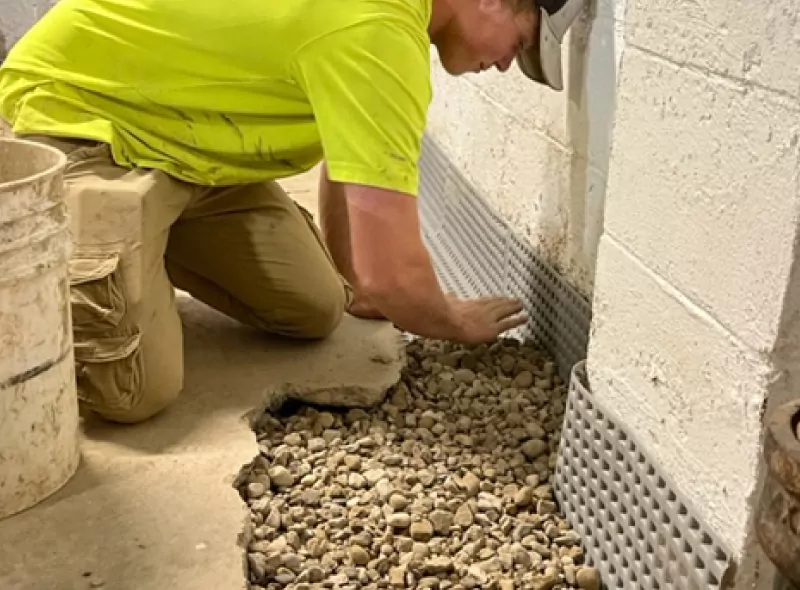
Basement waterproofing is a complex but essential task for homeowners looking to protect their homes from water damage. By avoiding these common mistakes, you can ensure the success of your waterproofing project and maintain a dry, comfortable basement. Invest in high-quality materials, consult professionals, and stay proactive with maintenance to keep your basement in top condition. With proper planning and execution, you can enjoy a water-free basement for years to come.
